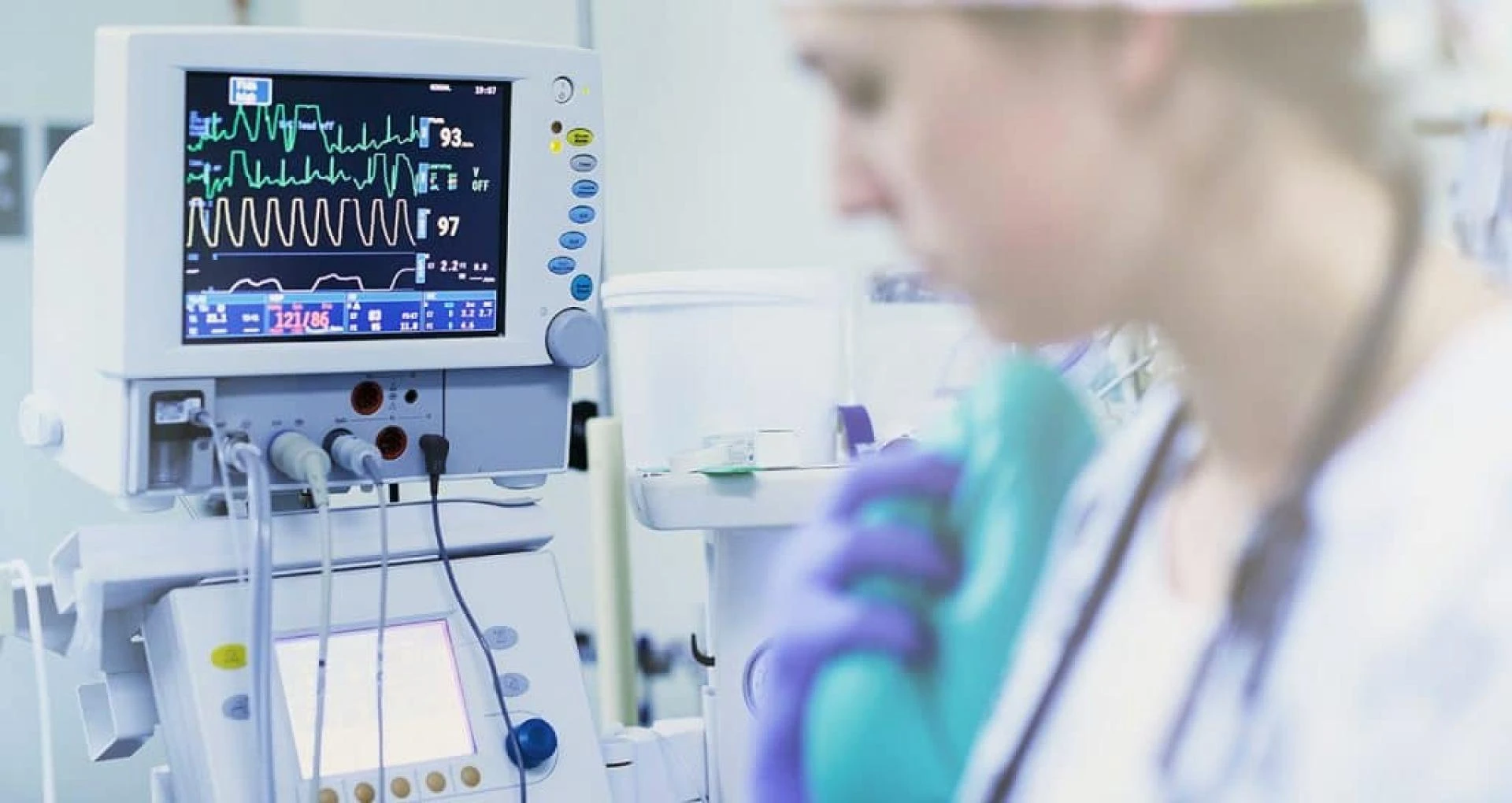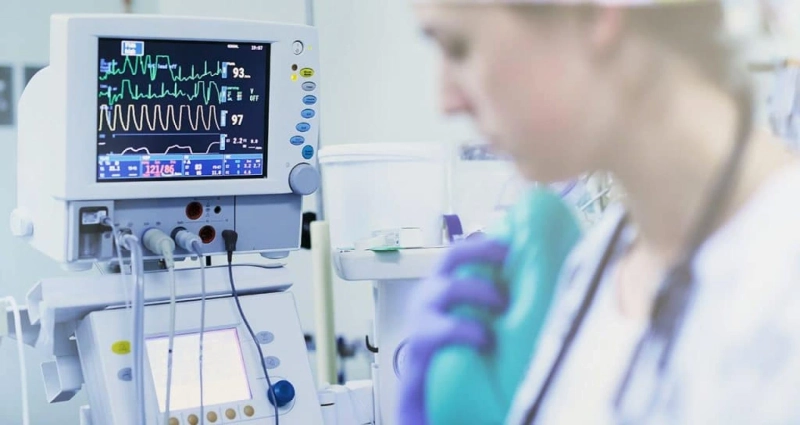
Hospitals are among the most energy-intensive and electrically dependent facilities in any community. From life-support systems to diagnostic equipment, proper electrical functioning is non-negotiable. However, with this high dependency comes the critical responsibility of maintaining electrical safety and energy efficiency. Electrical Safety Inspections in Hospitals, combined with comprehensive energy efficiency checks, not only ensure regulatory compliance but also safeguard lives, reduce operational costs, and promote sustainability.
Why Electrical Safety Inspections in Hospitals Are Non-Negotiable
In healthcare environments, the margin for error is zero. A single electrical fault can have devastating consequences, including equipment failure, fire hazards, or interruptions to critical patient care.
1. Preventing Hazards and Failures
Electrical safety inspections identify potential hazards such as:
- Outdated wiring
- Overloaded circuits
- Faulty grounding systems
- Inadequate emergency power backups
Through thermal imaging, circuit analysis, and equipment testing, inspectors can catch risks before they turn into emergencies. For example, detecting overheating components can prevent fires or failures in surgical suites.
2. Regulatory Compliance and Accreditation
Healthcare facilities must comply with stringent safety codes from bodies like:
- National Fire Protection Association (NFPA 99)
- Joint Commission Standards
- Local electrical codes and hospital-specific policies
Routine electrical inspections ensure compliance and readiness for both internal audits and accreditation visits, which are crucial for continued operation.
3. Ensuring Equipment Reliability
Medical devices such as ventilators, MRI machines, and defibrillators are extremely sensitive to electrical issues. An inspection guarantees that the power infrastructure can support the load and eliminate disturbances like voltage dips or surges.
The Role of Energy Efficiency Checks in Hospitals
Energy costs in hospitals often account for a significant portion of operational expenses. In some cases, hospitals operate 24/7, consuming energy continuously across departments like intensive care units, laboratories, and radiology centers. This is where energy efficiency checks make a transformative impact.
1. Reducing Operational Costs
Energy efficiency audits assess how energy is consumed across systems, from HVAC units and lighting to medical devices and IT infrastructure. These checks can:
- Identify energy leaks and wastage
- Recommend LED lighting retrofits
- Suggest high-efficiency HVAC upgrades
- Introduce building automation for optimized energy use
With targeted upgrades, hospitals can reduce energy bills by up to 20–30% without sacrificing performance.
2. Improving Environmental Sustainability
Energy-efficient hospitals reduce their carbon footprint—a growing priority in healthcare. By optimizing power usage, facilities contribute to climate goals and meet green building certifications like LEED or NABH Green OT.
3. Maximizing Backup Power and Load Management
Efficiency checks also include testing of backup power systems like generators and UPS units. Efficient load balancing ensures these systems don’t just work—they work smart, providing uninterrupted service during outages without waste.
Integrating Both Inspections for Optimal Results
While electrical safety inspections focus on identifying and correcting hazards, energy efficiency checks aim at cost savings and sustainability. When conducted together, they provide a holistic view of a hospital's power infrastructure.
Benefits of an Integrated Approach:
- Improved system reliability: Eliminating both safety and efficiency risks boosts uptime.
- Better budgeting: Combining both inspections streamlines investments in energy upgrades and electrical system repairs.
- Proactive maintenance: Integrated reporting allows facilities managers to prioritize issues before they become costly failures.
Case Study: A Multi-Specialty Hospital’s Power Optimization Journey
A 300-bed multi-specialty hospital in South India faced recurring power quality issues and rising energy costs. Partnering with a certified energy auditor, they conducted a full electrical safety inspection and Energy Efficiency Audit. The findings included:
- Unbalanced loads causing excessive transformer heat
- Inefficient chillers in the HVAC system
- Legacy lighting consuming excessive power
- Inadequate grounding in older operation theatres
Following implementation:
- Energy costs dropped by 25%
- Backup power response improved by 40%
- Hospital received a Green Building Certification within a year
This example illustrates how strategic audits can enhance both safety and performance.
Partnering with Professionals: Why Expertise Matters
Conducting effective inspections requires certified professionals with hospital-specific experience. Companies like Wechitra Enterprises offer specialized electrical safety inspection and energy audit services tailored for healthcare environments.
Their process typically includes:
- Electrical load testing and thermal imaging
- Equipment fault analysis and circuit integrity checks
- Detailed energy usage profiling
- Actionable reports with prioritized recommendations
By working with experienced partners, hospitals ensure that they meet both safety and performance benchmarks without disrupting daily operations.
Conclusion
Hospitals have a dual obligation—to deliver world-class patient care and to do so safely and efficiently. Regular electrical safety inspections in hospitals ensure that no electrical failure threatens patient health, while energy efficiency checks help control costs and support environmental goals.
Together, these audits are not just best practices—they are necessities. With expert guidance and proactive maintenance, hospitals can future-proof their operations, reduce liabilities, and lead the way in responsible healthcare delivery.


